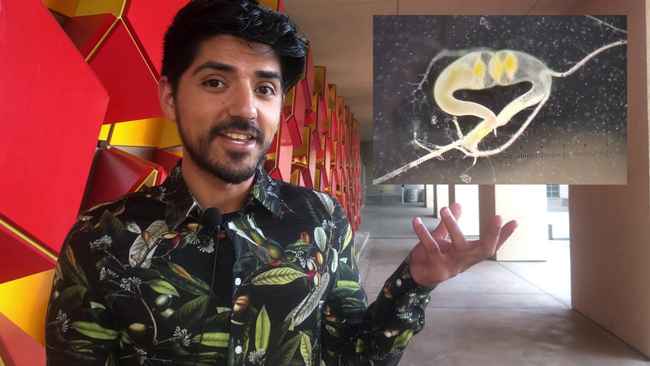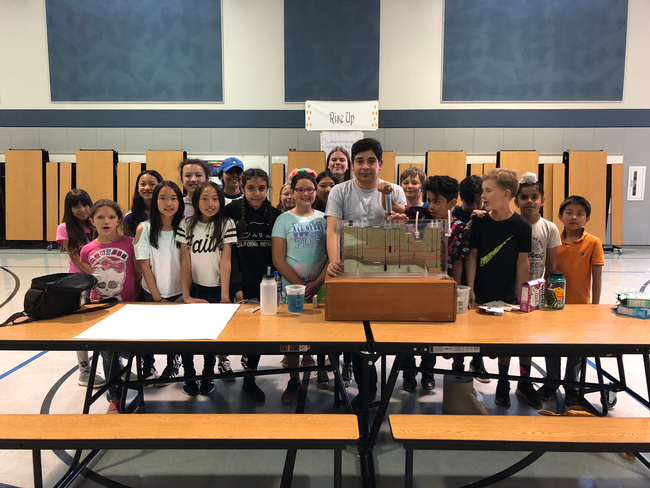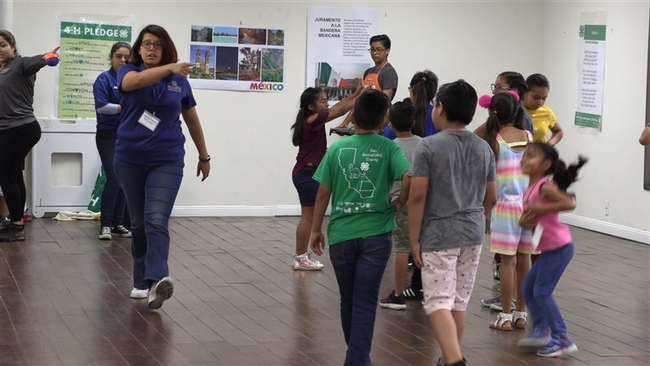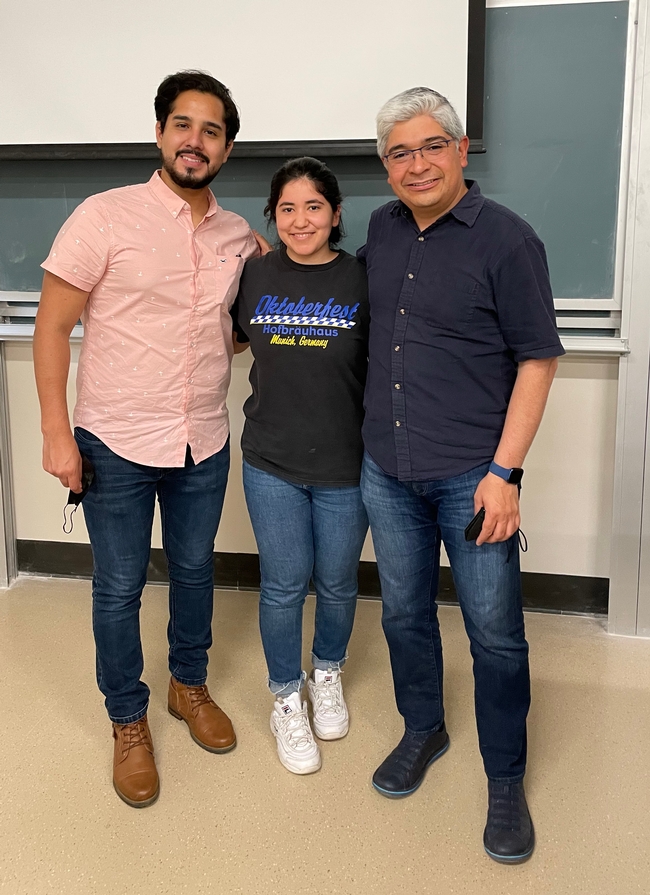Jesús Peña recently earned his doctoral degree in microbiology from the University of California, Riverside. His motivation to study a career in science was decided from a very young age thanks to talks and teachings from his parents.
"My family played an important role in my decision to pursue science. My dad grew up in Mexico and wanted to be a science teacher, but he didn't have access to those opportunities," says Peña. "He and my mother encouraged me to be curious about the world and the environment and share that knowledge with others in my community," said the young Latino scientist.
Although the participation of Latinos in scientific careers is increasing every day, this group continues to be underrepresented in the workplace. A survey conducted by the Pew Research Center indicates that Latinos need more representation in science, technology, engineering, and math (STEM) careers and fields to attract more young Hispanics to those careers.

"Latinos need to join the scientific workforce because we're among the many groups contributing to science through taxation. We must be represented among the workgroups, that is, the scientists." Peña said.
Latinos are one of the fastest-growing ethnic groups in the nation. In California, 39.4% of the population is Hispanic, and nationally, Latinos total 62.1 million in 2020, representing 19% of all Americans. That is, it is the second-largest ethnic group in the country, according to the United States Census Bureau.
Hence, increasing Latinos in the ranks of the sciences is a huge challenge that is being addressed by several scientists in University of California Agriculture and Natural Resources, UC ANR, from different perspectives.
Jairo Díaz, director of the UCANR Desert Research and Extension Center, oversees a community program that invites groups of Latino grade school to college-age students to participate in activities that apply science in agriculture at Desert REC, where several experiments are underway to produce food using less water, among other studies.

Carmen Gispert, an entomologist at Extension Cooperatives in Riverside, Imperial, and San Diego counties, puts her interest in promoting scientific careers, especially among women.
"I have served as a mentor to high school students and encouraged them to pursue a career in science. The parents of many of these students were farmworkers. I have been particularly interested in motivating young women, telling them about my personal experience in a male-dominated career in science," Gispert said.
Liliana Vega, California 4-H youth development advisor for UC Cooperative Extension in Santa Barbara County, has launched a program called "Chispa" or "Career Spark," in which Hispanic professionals discuss with students their paths, barriers they faced when choosing to go to college, and careers in STEM.
Claudia Díaz-Carrasco, UC Cooperative Extension youth development advisor, is part of the 4-H Latino Initiative and has received numerous awards for her commitment to promoting scientific careers among Latinos. She is optimistic about the achievements made so far.
"I partnered with the San Bernardino Superintendent of Schools through his expanded learning division. We have been collaborating since 2019 to create a STEM center for after-school programs in the region. This team project has inspired the next generation of scientists and engineers in Southern California," Diaz-Carrasco said.
In 2015, UC ANR hosted the first annual conference "Juntos," which is part of UC ANR's Latino Initiative to increase the number of Latinos in higher education and science. At the conference, young Latino students from all over California live together for several days on a University Campus. They experience firsthand what it means to study at a university, in addition to hearing talks from Latino professionals from various disciplines to encourage them to continue their university studies and enter a career in STEM.
A few years ago, the 4-H Water Wizards program was launched, sponsored by the U.S. Department of Agriculture or USDA, which aims to ensure that low-income Latino and African-American students have access to practical science from an early age through activities they develop with UC ANR Latino scientists who speak in their language.
The Pew Research Center reports young Hispanics would be at least slightly more likely to earn college degrees in STEM if they had a high school STEM teacher who was Latino.
Samuel Sandoval Solís, associate professor at the University of California, Davis and UC Cooperative Extension water resources specialist, points out that although progress has been made, hiring Latino scientists is slow in educational institutions.
"In the 10 years I've been teaching at UC Davis, students often mention that I'm their first science teacher who is Hispanic, so they don't feel represented on the faculty. While these may be small efforts, I think slowly, but surely the youth of our Hispanic community recognizes that it's possible to be a scientist; that's great for our young people," Sandoval Solis said.


